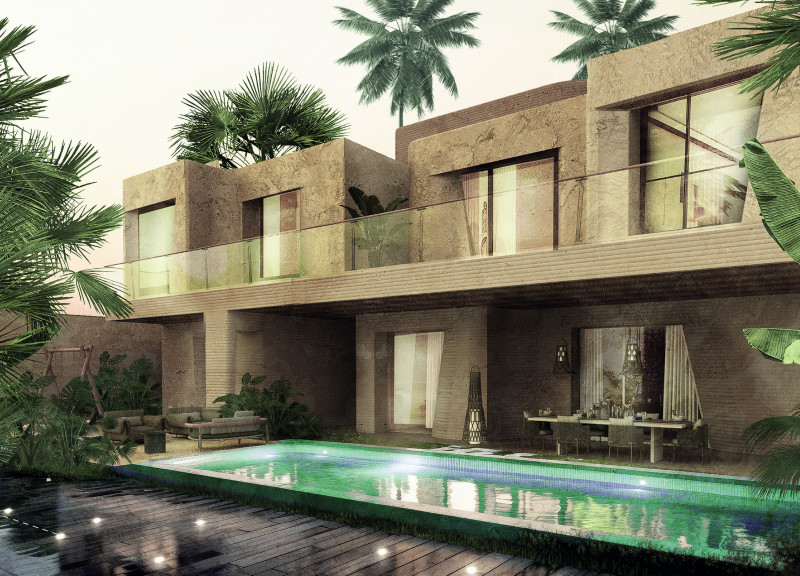5 key facts about this project
Upon entering the project, visitors are greeted by a welcoming façade that combines natural materials, such as wood and stone, with large expanses of glass, fostering transparency and connection with the surrounding landscape. This thoughtful design choice allows natural light to flood the interior spaces, creating an inviting atmosphere that encourages both interaction and contemplation. The skillful integration of landscaping elements further enhances the building's connection to nature, with green spaces that circulate around the structure, providing visual relief and promoting environmental sustainability.
The layout of the project is carefully considered to accommodate a variety of activities. Open-plan spaces facilitate collaboration and communication, while private areas are designed to promote focus and productivity. This dual approach ensures that the building can adapt to different user needs throughout its various functions, from formal meetings to casual gatherings. Each area of the interior has been meticulously designed, with attention paid to acoustics, comfort, and accessibility, ensuring that all users can navigate the space seamlessly.
A notable aspect of this design is its response to the local climate and environment. Utilizing passive design strategies, the project maximizes energy efficiency, reducing reliance on artificial heating and cooling. This commitment to sustainability is further reflected in the selection of materials, which prioritizes renewable resources and low-impact installation processes. The use of high-performance insulation materials, for example, contributes to the building’s energy efficiency and overall performance, ensuring a comfortable indoor climate throughout the seasons.
The architectural design also resonates with the local culture and community. Elements of traditional architectural forms and materials are interpreted in a modern context, making the project not only a functional space but also a cultural landmark. Public areas, such as gathering spaces and shaded terraces, encourage community engagement, creating opportunities for social interaction and shared experiences. By prioritizing these communal elements, the design enhances its role as a hub within the neighborhood, inviting local residents to participate in its use and appreciation.
Throughout the architecture, attention to detail is evident, from the carefully selected finishes to the thoughtful integration of technology. Smart systems have been incorporated to optimize energy management and improve user experience, allowing individuals to control lighting, temperature, and security with ease. These technological advancements underscore a commitment to modern living while ensuring the building remains user-friendly and intuitive.
The unique design approaches utilized in this project reflect an understanding of modern architectural ideals, prioritizing not only the built environment but also its inhabitants. By harmoniously blending functionality, sustainability, and local context, the architecture stands as a testament to thoughtful design. The project exemplifies how well-considered spaces can influence the way individuals interact with their environment and foster a sense of community.
For those interested in delving deeper into this architectural endeavor, we invite you to explore the project presentation. By examining architectural plans, architectural sections, and architectural designs, you can gain valuable insights into the innovative ideas and concepts that shape this project, further revealing its significance within contemporary architecture.


























